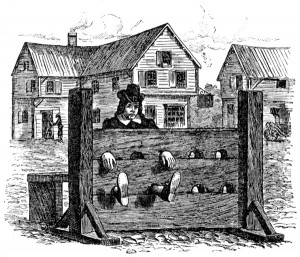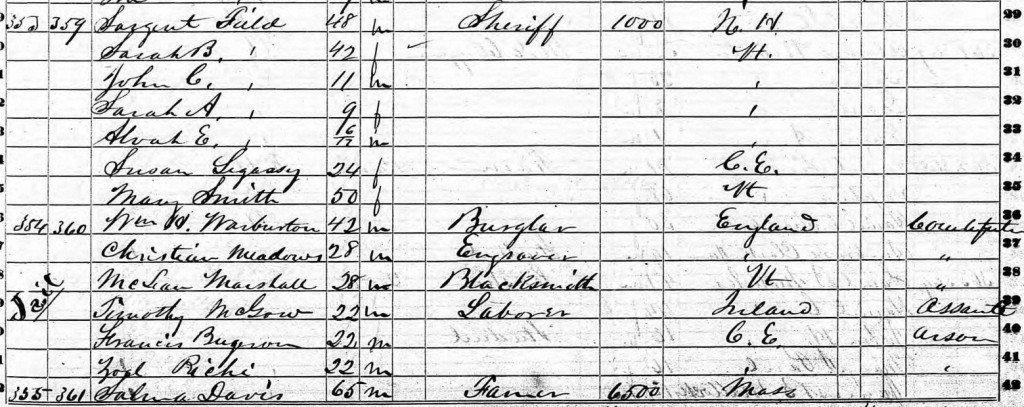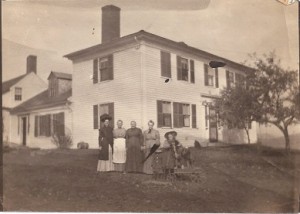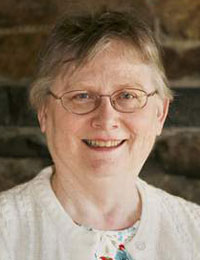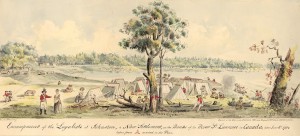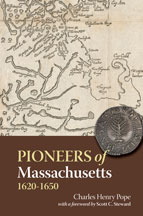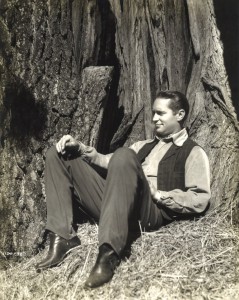
One of the pleasures of collecting old photographs is the (perhaps unsurprising) genealogical content they embody – or maybe that’s just me. The focus of my recent collecting has been Hollywood photographs of the 1910s, ‘20s, ‘30s, ‘40s, and even ‘50s; I find my interest drops off at about 1960. To some extent, my collection process is driven by the genealogist in me, as I like to buy images of Hollywood wives (and their husbands) or husbands (and their wives). For someone like Joan Crawford, who married three of her co-stars, such a policy leads quickly to further purchases. Continue reading A family of photographers
